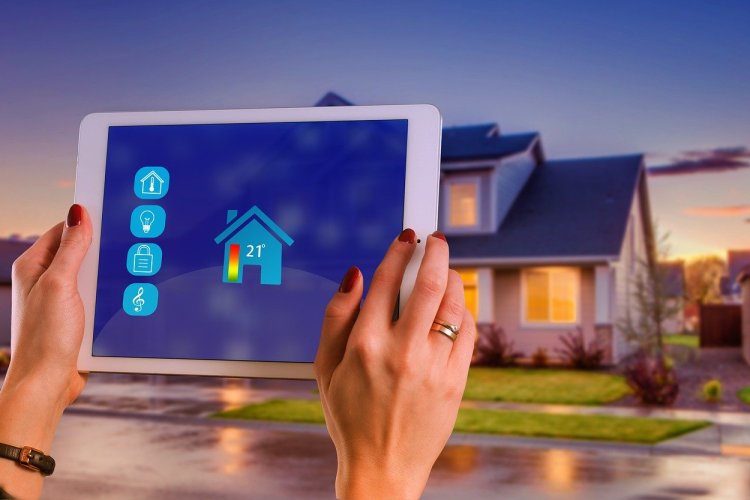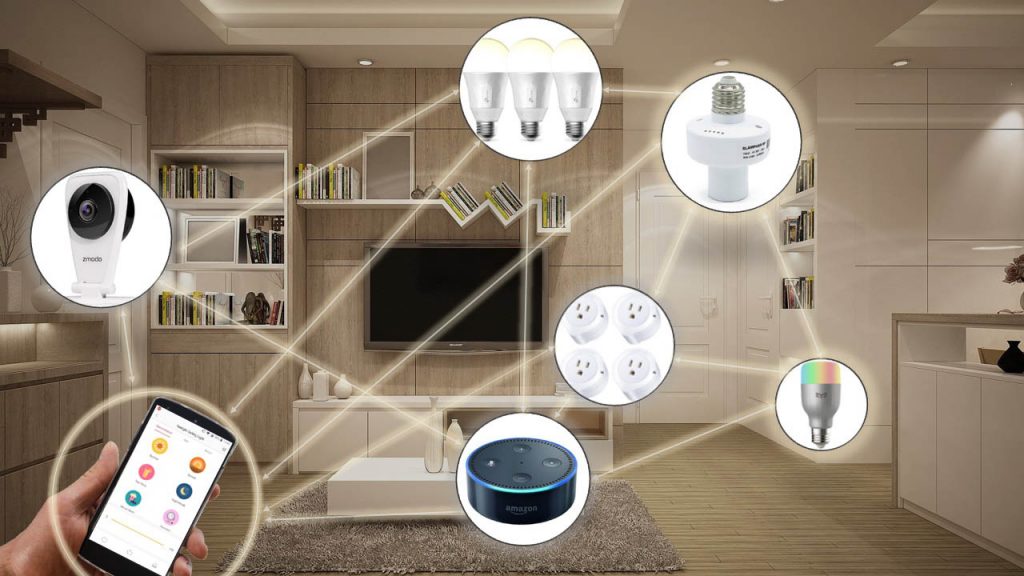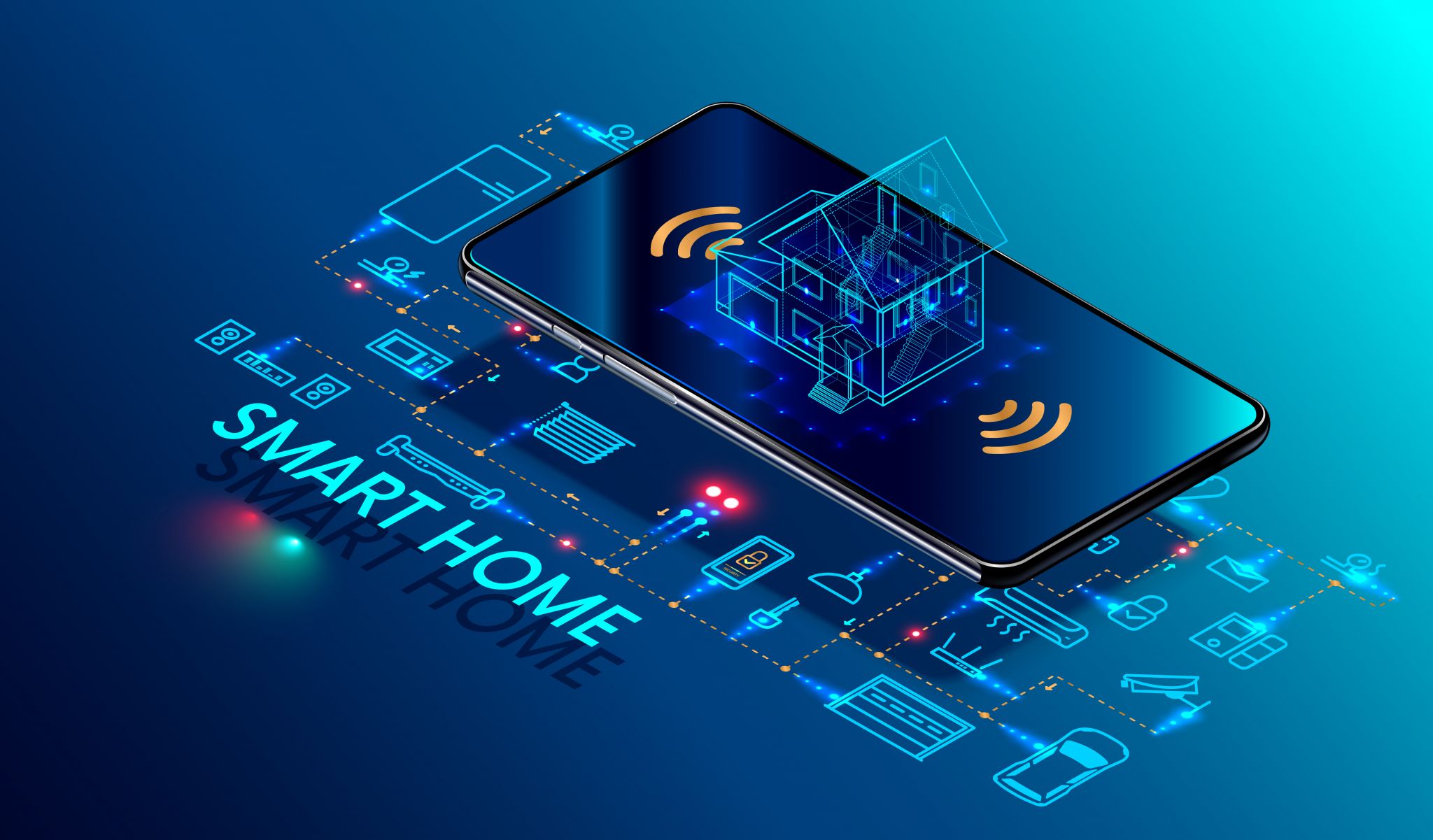
Stuck at Home: What’s Your Smart Home Strategy?
People stuck at home as a result of the COVID-19 pandemic now find they have lots of time on their hands. Maybe you are using this time to build a smart home system. If so, what is your strategy? You can go all-in and get everything you need right from the start. You could also choose to build your system piecemeal. It is entirely up to you.
Both have their pros and cons as well. The beauty of it all is that none of us is locked into one way of doing things. There are enough equipment manufacturers and devices to give homeowners a wide variety of choices.
Having to hang around the house is an opportunity for you to build that smart home system you have been dreaming of. Just don’t make any rash decisions. There are plenty of options ranging from individual components to complete systems that work right out of the box.

The Goal of Going Smart
Homeowners have different reasons for embracing smart technology. There are undoubtedly those who go the smart home route merely for the novelty. There are others who do so out of a desire to make their homes more secure and more efficient. There are still others who decide to smarten up their homes out of necessity.
Ultimately, the goal of going smart is to use the latest technologies to improve life. If it is novelty you are after, there is no doubt that controlling interior lights with your voice is kind of fun. The same is true for turning the TV on or off, playing music over your home entertainment system, and so forth. There is nothing wrong with enjoying the novelty.
Perhaps you are the kind of person who embraces smart technology because you want greater efficiency. You’ve looked at an energy-saving calculator by Vivint and determined that a smart thermostat can save you quite a bit of money. For you, novelty is secondary to efficiency. That’s fine.
Novelty and efficiency may not be the motivating factors for you. Instead, you might have physical challenges that prevent you from living alone without technology to assist you. Making your home smart has given you your independence without compromising your safety.
It is all good, which leads us back to the question of your preferred smart home strategy. Have you gone all-in, or are you more of a piecemeal kind of person?

The All-In Approach
Someone who approaches smart home technology with all-in strategy is committed to making his home the smartest possible. He may start with a thermostat and a video doorbell, but he is on to smart door locks, video cameras, and lighting controls before long.
The main advantage of the all-in approach is that it affords the opportunity to buy complete systems to guarantee compatibility. You can get everything from a single vendor. That includes the hub, which just happens to be the most important component in a smart home system.
Another advantage is getting everything set up at the same time. The piecemeal approach requires you to have to set up new components as they are added to the system. You could still be setting things up months from now. When you go all-in, you set up everything as you take it out of the box.
This is not to say that you will not add components in the future. Rather, it’s to say that all of your basic components are purchased and installed at the same time.

The Piecemeal Approach
Approaching the smart home concept with the piecemeal mindset affords the opportunity to go slowly. Perhaps you’re not ready to automate everything right now. Maybe you want to try one or two devices first, then go from there. Going piecemeal is a perfectly workable strategy a lot of people utilize.
Your main advantage here is being able to decide how quickly you want to progress. You can also control your budget that way. By spending less now, you can get the components you want to start on without committing to a complete system.
On the other side of the coin is the compatibility issue. People who go piecemeal can run into problems trying to add different components to their systems as time goes on. Such problems can ultimately lead to having to replace your hub and some of the components you have already installed.
Smart home equipment manufacturers are working on standards that will ultimately mitigate most of the compatibility issues homeowners currently deal with. But those standards could still be a couple of years off. In the meantime, building a smart home system piecemeal does require a little more work in terms of compatibility.

Custom Design Your System
Either approach should make it possible for you to custom design your own system. Even when you buy complete systems from a single vendor, you should have the opportunity to pick and choose which components you want to include. A vendor that doesn’t give you that opportunity might be one you want to put lower on your list.
So, how do you decide what to purchase? Start by listing your reasons. Step back and think about why you want your home to be smarter. Prioritize your reasons while you’re at it. Establishing priorities will tell you what you should invest in first.
For a lot of homeowners, security and energy efficiency are the starting points. They will invest in a smart thermostat along with several video cameras and burglary sensors for the front door and first-floor windows. They might even include a video doorbell in the package. This is enough to get started.
The smart home is no longer the home of the future. It is the home of the here and now. Thanks to social distancing and safer at-home orders, now is a great time to make your home smart. Whether you go all-in or piecemeal, look for brand name equipment from manufacturers you know you can trust.